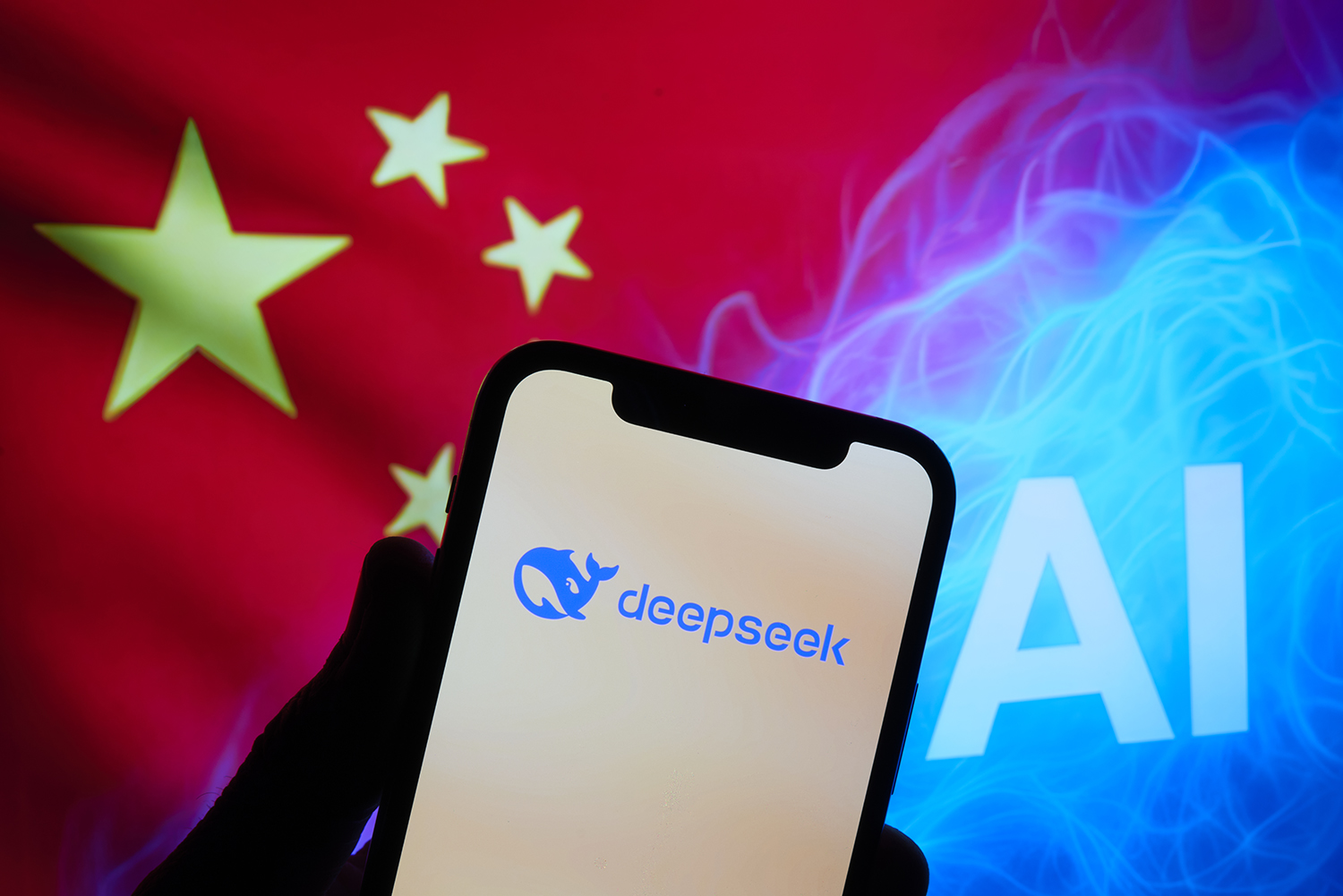DeepSeek Reveals the Consequences of Poor AI Governance in the US and EU

Understanding DeepSeek’s Impact on AI Governance
The Challenge of AI Governance
DeepSeek’s advancements have prompted Western countries, especially the United States and the European Union (EU), to rethink their approach to Artificial Intelligence (AI). The significance of DeepSeek’s R1 model extends beyond technological achievements; it raises essential questions about the future of democracy in an AI-dominated world.
The Open-Source Advantage
DeepSeek exemplifies how China has established a stronghold in open-source AI development. Open-source AI refers to systems that allow users to access, study, modify, and share not only the code but also the datasets used in creating AI tools. The Open Source Initiative (OSI) defines this concept, which has far-reaching potential to drive innovation in various sectors like healthcare, education, and finance. Open-source technologies can foster economic growth and empower individuals to harness AI-generated solutions.
However, it has been reported that DeepSeek’s R1 model censors certain information, creating a significant problem for democratic societies. If they do not address the challenges of governing AI effectively, democracies risk losing their grip in the global AI race to authoritarian regimes.
Goals for Collaborative AI Governance
To counter these trends, the United States and the EU must unite to establish global standards for open-source AI governance. By leveraging existing legislative frameworks, they can develop a formal definition of open-source AI, such as that provided by the OSI. This definition will aid in setting up a governance framework, ensuring that democratic values are imbued in open-source AI models, which will help create a more transparent and inclusive AI future.
How China Gained the Upper Hand
China’s remarkable progress in AI can be traced back to the legal framework laid out by the Chinese Communist Party (CCP). In April 2024, the draft of the Model AI Law indicated the government’s commitment to fostering an open-source AI ecosystem. This draft encouraged the sharing of software code, hardware designs, and application services while also reducing legal liabilities for organizations that release open-source AI models.
Another critical document, the AI Safety Governance Framework, emphasizes promoting international collaboration and knowledge sharing in AI. This assertiveness demonstrates China’s ambition to be a leader in open-source AI, actions that could complicate global competition.
The Response from the United States and EU
Despite advocates pushing for the development of open-source AI, the United States has been slow to implement supportive legislation. While there have been discussions and proposals, no comprehensive laws have been passed that effectively promote open-source AI. According to recent reports, initiatives like the National Telecommunications and Information Administration’s report on AI foundation models highlight the need for tighter regulations rather than the promotion of open-source models.
On the other hand, the EU has established itself as a regulatory leader regarding digital issues, evidenced by frameworks like the General Data Protection Regulation (GDPR). However, it has done little to actively support open-source AI. Although the AI Act mentions open-source AI, it lacks practical exemptions or guidelines that would encourage its adoption, leaving room for improvement in promoting open-source initiatives.
Shifting Geopolitical Dynamics
China’s strategic push for technological self-sufficiency has been largely influenced by US export controls. The restrictions imposed by the US government have led China to strengthen its open-source AI strategies, turning challenges into opportunities to promote its technology globally.
Simultaneously, China’s emphasis on a “two-track” approach to AI development—a system that grants AI companies greater freedom while enforcing strict regulations on public-facing models—raises concerns. The CCP’s regulations aim to maintain ideological control, effectively limiting freedom of expression while promoting accessibility in the name of open-source technology.
The Path Forward: Transatlantic Cooperation
The United States and EU need a collaborative approach towards open-source AI. It is essential to establish a unified governance framework that promotes democratic values and ensures the safe development of AI technologies. One avenue is to form a transatlantic working group dedicated to open-source AI, drawing from discussions within existing partnerships like the Global Partnership on Artificial Intelligence (GPAI).
Additionally, both powers should devote resources to academic institutions and startups focused on building open-source AI models aligned with democratic principles. By doing so, they can offer alternatives to China’s restrictive models and contend more effectively in the global AI realm.
Overall, transatlantic cooperation could set new standards for the development of AI, promising a future that is inclusive, transparent, and beneficial for society at large.






